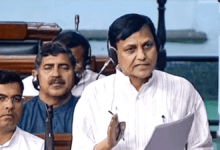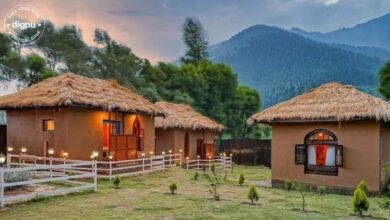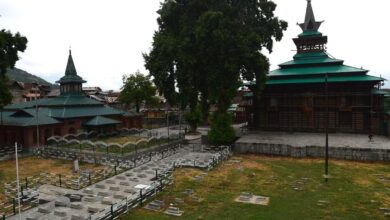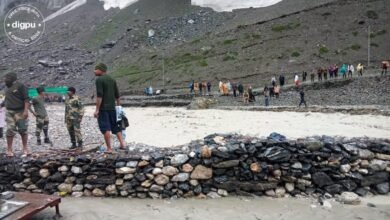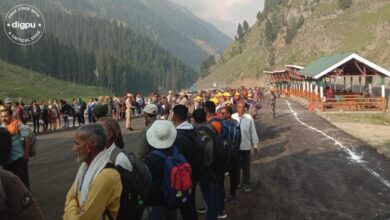A Convoy Movement Unsafe for Forces and Irksome for Citizens
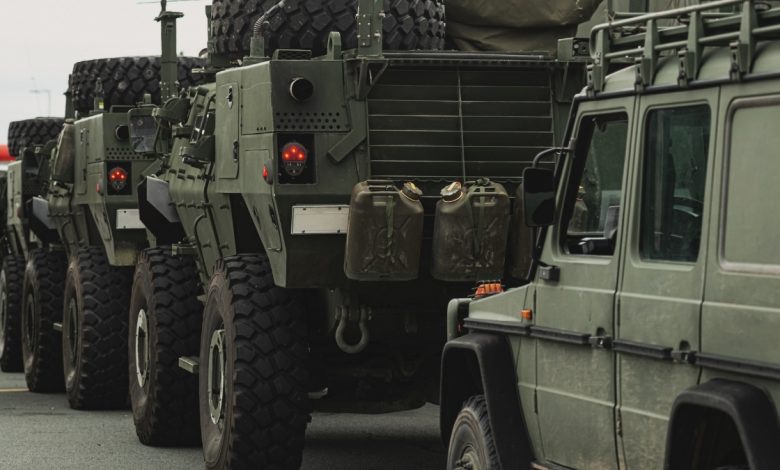
Is the country with the 2nd world’s largest army incapable of protecting its security forces without making the life of its citizens miserable?
Jammu & Kashmir: A day after the fateful attack on the Indian security forces which killed 40 CRPF personnel in Kashmir in 2019, the then Home Minister Rajnath Singh announced a ban on the movement of civilian traffic when convoys of security forces move on roads. “It has been decided that whenever convoys of security forces move on roads, civilian traffic will not be allowed during that period for some time,” he told the media here after meeting senior officers of various security agencies. “I regret the small inconvenience that will be caused to people on this account,” he added. The highly contested attack was one of the deadliest in the recent memory of the country and sent shock waves across the country. It is said that it even won the present ruling party a second term in office. Later in April the same year, the then governor Satyapal Malik chaired a high committee meeting and issued an order banning civilian traffic on the highway every Sunday and Wednesday until May 31 in view of the general elections.
While on one side the security of convoys remains a concern, the impact this restriction on movement has on the civilian population is seldom taken into account. The National Highway no 44 starting from Kathua (Lakhanpur) to Leh (Ladakh) is the lifeline not only for Kashmir and Ladakh but also strategically important for the army and security forces. All the supplies to the Valley and Ladakh have to pass through the National Highway in the absence of rail connectivity. It is also an arterial road for the Valley. The highway cuts across five districts in the Valley while major routes to other districts also branch out from it. Several key hospitals, railway stations, government offices and schools line the highway.
Movement of convoys increases during summer
Every day, at least four security convoys move on the highway, two from Jammu to Kashmir and two the other way. Movement of convoys increases during summer, when the road to Ladakh and border areas of the Valley like Gurez and Tangdhar is thrown open. The convoys move only by day because of security concerns around night movement. Every time a convoy is set to pass through the highway, the civilian traffic is stopped on both sides of the highway even if the convoy is moving one side. These stops range anywhere from 10 minutes to 40 minutes. The traffic is stopped in multiple places on the highway causing massive traffic jams and huge delays. Not even ambulances are allowed to pass during this time. Civilian population in Kashmir has to take into account the delays that might be caused due to convoy movements when they plan to go from one place to another. A distance of 40 kilometres usually covered in an hour can take more than two hours if one stumbles upon a convoy.
The time delay isn’t the only thing that concerns the civilian population. The humiliation one has to suffer at the hands of jawans in charge of stopping who verbally abuse anyone in sight is traumatising. There have been multiple incidents of stick and gun-wielding army personnel damaging vehicles or injuring drivers (undocumented of course). A local cricket team while on its way to the tournament finals was stopped a few meters from the destination owing to the convoy movement. Upon going to request the personnel in charge to let them pass, the driver of their team was beaten so badly that he fractured his rib. The frustration of their arduous job is most often taken out on the civilians as the personnel are well aware of the fact that no one will seek accountability for their actions. While on one hand, the civilian population suffers massive delays while travelling, vehicles carrying tourists are given preferential treatment and are allowed to pass with the convoys.
Experts have suggested alternatives to the transportation of conveys from one place to another. Airlifting the security forces will not only be safer but also reduce the time consumed. A typical journey from Jammu to Srinagar which takes 10 hours can be completed in just half an hour. Another alternative suggested is the railway line for inter-Kashmir transportation. Both these will not only make travel safer for security forces but also reduce the inconvenience for the civilians.
India has the third-largest defence budget in the world amounting to 72.9 billion dollars but shies away from spending away an extra buck to safeguard the people who are tasked to keep the country safe. One is forced to wonder if the country with the world’s largest army is incapable of protecting its security forces without making the life of its citizens miserable.

